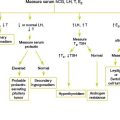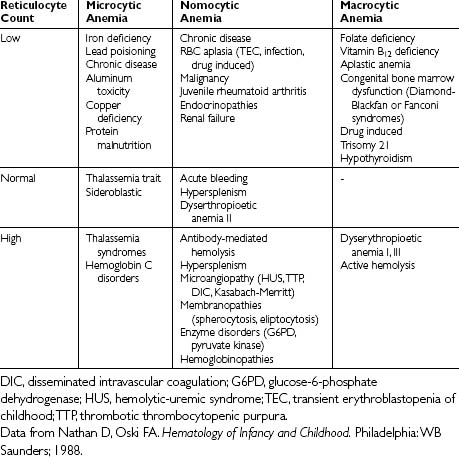Chapter 17 FEBRILE SEIZURES
Key Historical Features
Key Physical Findings
 General assessment of well-being
General assessment of well-being
 Thorough examination for source of the fever
Thorough examination for source of the fever
 Head and neck examination for otitis, pharyngitis
Head and neck examination for otitis, pharyngitis
 Abdominal examination for gastroenteritis or peritonitis
Abdominal examination for gastroenteritis or peritonitis
 Skin examination for viral exanthem or other rashes
Skin examination for viral exanthem or other rashes
 Detailed neurologic examination, including funduscopic examination for papilledema
Detailed neurologic examination, including funduscopic examination for papilledema
Suggested Work-Up
| Lumbar puncture with cerebrospinal fluid analysis | Should be considered in children younger than 18 months because meningeal signs are less reliable in this group. Lumbar puncture should also be considered if the patient’s mental status is not improving. Lumbar puncture is recommended in infants younger than 12 months after the first seizure with fever. |
| CBC with differential | May be indicated in the evaluation of the underlying infection |
| Serum electrolytes | To evaluate for electrolyte derangement, especially if the patient has diarrhea or vomiting |
| Glucose | If hypoglycemia or hyperglycemia is suspected |
| Calcium and magnesium | If calcium or magnesium derangement is suspected |
| Toxicology screen | To evaluate for drug ingestion if indicated by history or if alcohol intoxication is suspected |
| Neuroimaging (magnetic resonance imaging [MRI] is the preferred modality) | The American Academy of Pediatrics recommends that neuroimaging not be performed in the routine evaluation of the child with a first simple febrile seizure.However, neuroimaging is indicated in a child with a febrile seizure and evidence of increased intracranial pressure or a history or physical examination suggestive of trauma. Also indicated in cases of possible structural defects (e.g., in cases of microencephaly or spasticity). |
1. Baumann R.J. Technical report: treatment of the child with simple febrile seizures. Pediatrics. 1999;103:86.
2. Committee on Quality Improvement, Subcommittee on Febrile Seizures. Practice parameter: long-term treatment of the child with simple febrile seizures. Pediatrics. 1999;103:1307–1309.
3. Duffner P.K., Baumann R.J. A synopsis of the American Academy of Pediatrics’ practice parameters on the evaluation and treatment of children with febrile seizures. Pediatr Rev. 1999;20:285–287.
4. Millar J.S. Evaluation and treatment of the child with febrile seizure. Am Fam Physician. 2006;73:1761–1764.

















